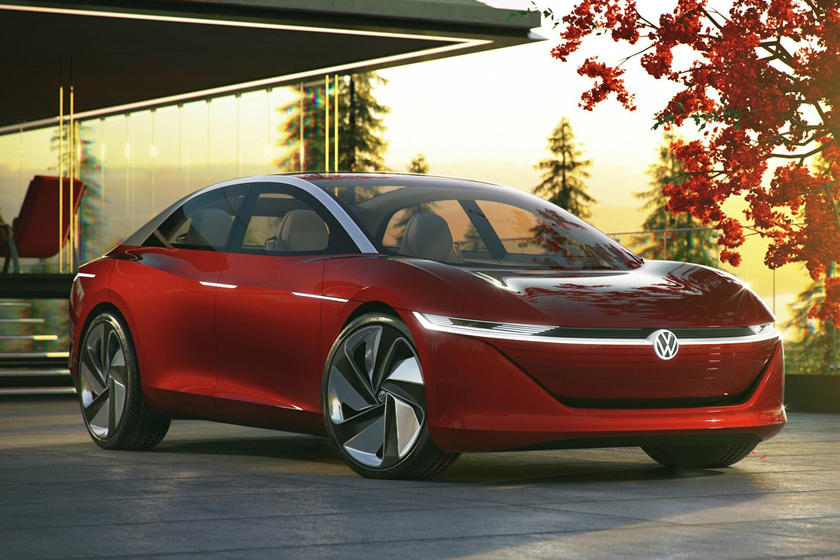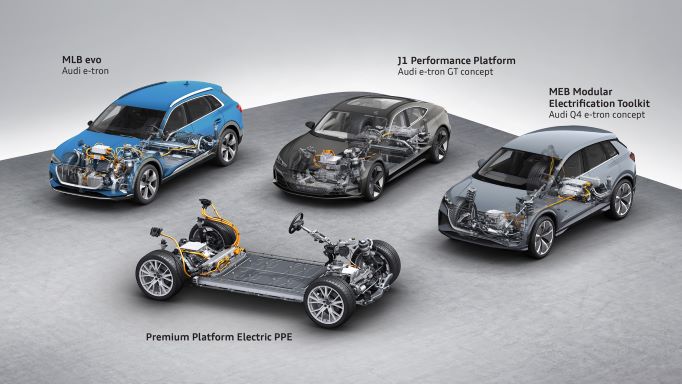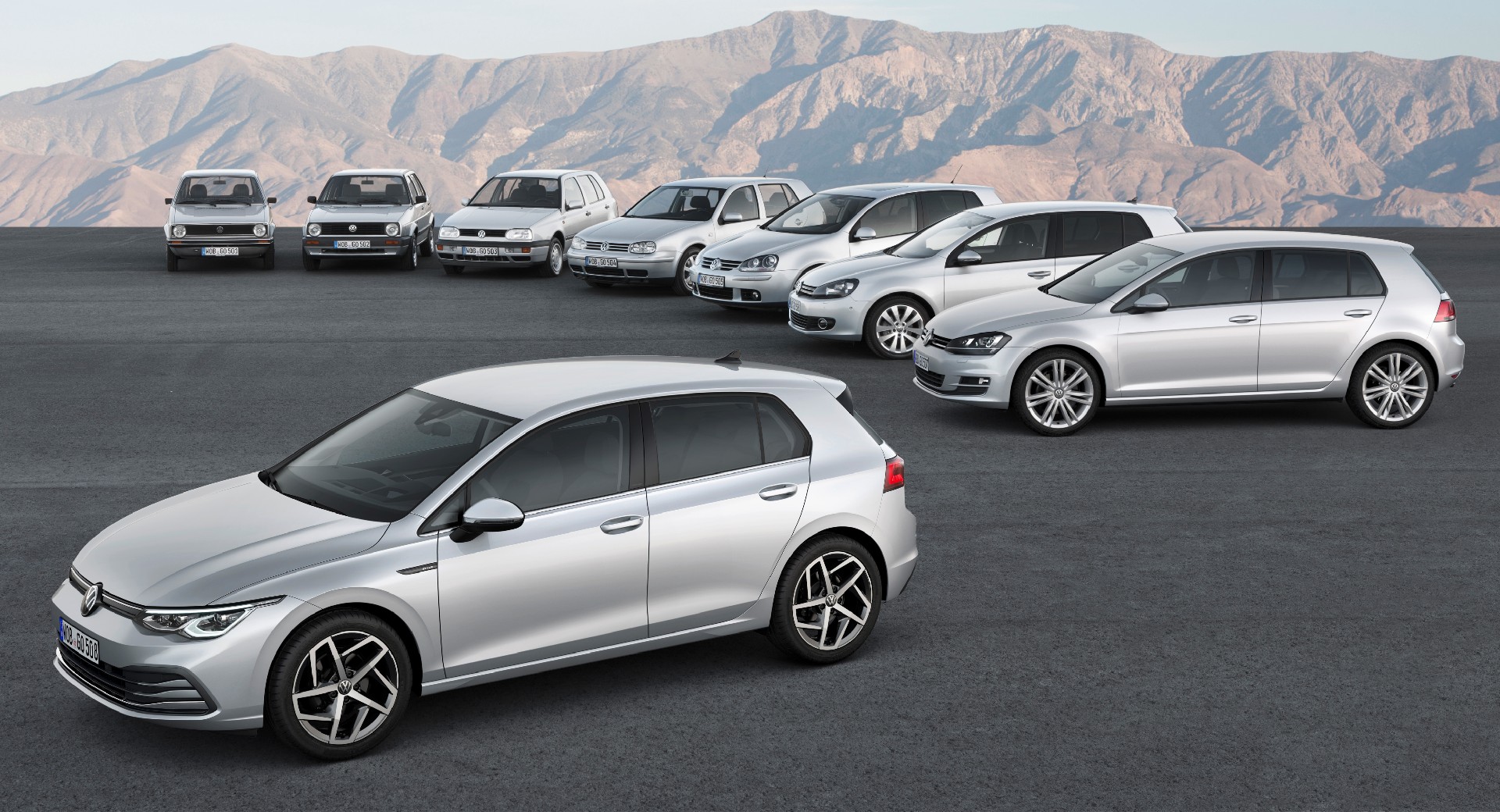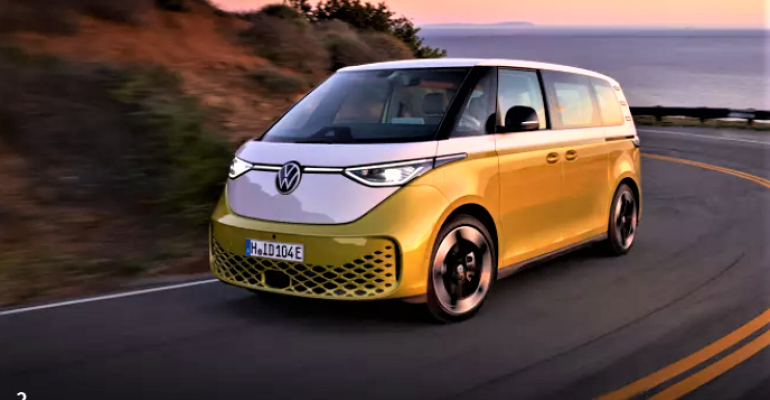Both an entry-level ID.2 hatchback and ID.2X SUV, as well as an ID.3X SUV and ID.6 sedan, are the confirmed additions to Volkswagen’s all-electric ID. sub-brand, according to its new CEO, Thomas Schaefer.
In his first interview with journalists since replacing Ralf Brandstätter as the head of the German automaker back in April, Schaefer reveals elements of VW’s future model strategy, confirming it intends to launch 10 new electric-powered ID. models by the end of 2026.
The two new ID.2 models will be produced starting in 2025 at a factory run by the Volkswagen Group’s Spanish brand SEAT in the city of Martorell near Barcelona.
Pledging they will cost less than €25,000 ($25,000) when sales begin, Schaefer (pictured, below left) describes them as “a small car and a sporty crossover” with dimensions that will mirror those of VW’s existing gasoline-engine Polo and T-Cross models sold in European markets.
 The ID.2 hatchback and its higher-riding ID.2X compact SUV sibling are planned to replace the aging e-Up, an electrified version of Volkswagen’s existing entry-level Up hatchback.
The ID.2 hatchback and its higher-riding ID.2X compact SUV sibling are planned to replace the aging e-Up, an electrified version of Volkswagen’s existing entry-level Up hatchback.
The two battery-electric vehicles, currently under development in partnership with SEAT’s Cupra brand and the VW Group’s Czech Republic Skoda brand, will be based on the so-called MEB Entry electric-vehicle architecture, which takes elements of the larger MEB structure but uses a smaller-capacity battery.
Schaefer, former chairman of the Skoda brand, also confirms VW is “working hard to develop an additional compact SUV based on the ID.3 so that we can also launch a product in this fast-growing vehicle segment.”
Expected to take the ID.3X name into production in 2026, it is positioned beneath the existing ID.4 and ID.5 and is likely to be based on a further-developed version of VW’s existing MEB electric-car-platform architecture, as used by the ID.3 hatchback – the automaker’s first dedicated ID. model launched in 2019.
Before these three models arrive, Schaefer says VW will launch a production version of the Aero sedan concept (pictured, below) revealed earlier this year.
Planned to be shown in January at CES in Las Vegas, the 4-door model is to take the name ID.6 and act as a flagship for the ID. brand alongside the recently launched ID.Buzz van.
“From the entry-level e-car with a target price of under €25,000 to the ID.Buzz and the new flagship ID.Aero, we will have the right offer in every segment,” Schaefer says.

VW’s new CEO says the company’s MEB platform, which will be used by traditional-rival-turned-sometime-partner Ford for a new European-built model due out in 2023, continues to make “significant advances, for example in terms of range, performance and helpful features.”
The MEB platform is due to be replaced later this decade by a new architecture known internally as SSP (Scalable Systems Platform) (pictured, below), on which all future volume-selling VW Group models will be based.
Schaefer says VW is “shedding old habits” in terms of its product lineup, focusing on core models in the future and “noticeably simplifying our model range and packages over the next 10 years.”
Inevitably that will mean some existing combustion-engine models will cease to be produced and there will be significantly fewer specification options.

“In each segment we compete in, we want to live up to our Leading Volume motto: do less but get it right.”
Addressing rumors that ID. SUV models could be called ID.X in the future, Schaefer tells journalists VW is assessing a number of names.
“It’s one option and not an unlikely option that the SUV part is an X, but it’s not 100%. It has to be consistent across the range, and because our range is still quite big and overlapping here and there, we need to sort it out. But it looks as if it would make sense with the numbering and X,” he says.
Schaefer says the automaker is pondering how to use well-established names such as Golf and Polo in the future when combustion-engine models are being phased out.
Eight generations of VW Golf since 1974.





